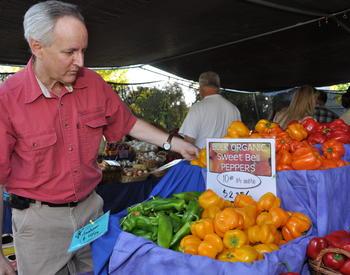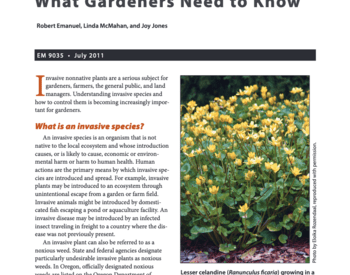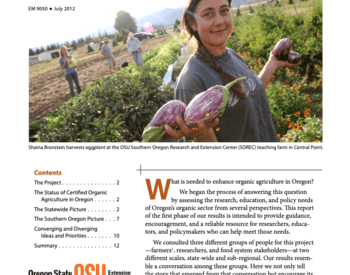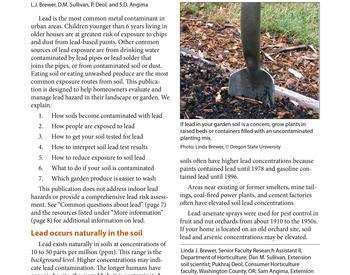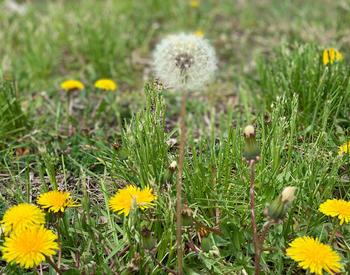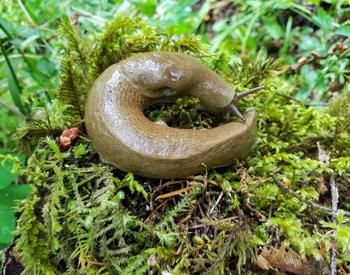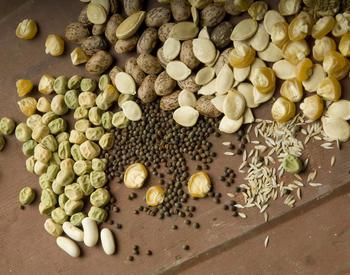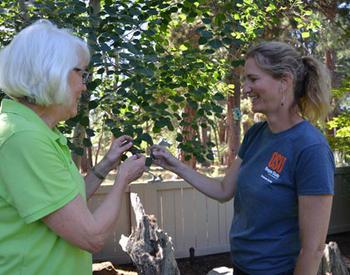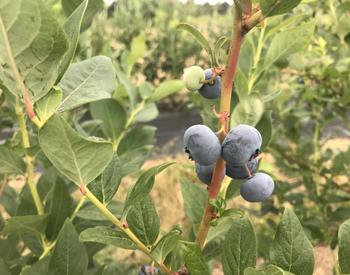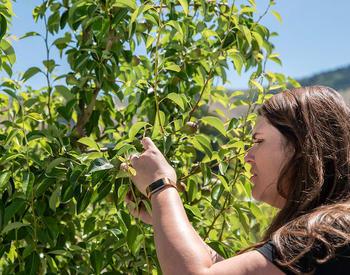CORVALLIS, Ore. – Fertilizers are especially important when growing vegetables and small fruits. There are a lot of choices, which can make it hard to decipher what’s best for your approach to gardening.
Organic fertilizers such as manures, compost or bone meal are derived directly from plant or animal sources, said Chip Bubl, Oregon State University Extension Service horticulturist. Other organic fertilizers are rock minerals that are finely ground like limestone and rock phosphate.
Fertilizers such as ammonium sulfate or ammonium phosphate are often called conventional or synthetic fertilizers because they go through a manufacturing process. That said, finished conventional fertilizers start with naturally occurring mineral deposits and/or nitrogen in the atmosphere.
Conventional fertilizers usually contain only a few nutrients – generally nitrogen, phosphorus, potassium, sulfur and sometimes micronutrients, either singly or in combination. These nutrients are in a form generally more available to plants. Some nutrients, such as nitrate, are quickly available for uptake by plant roots, Bubl said. If you need only a certain element such as nitrogen and want it to be quickly available to your plants, an inorganic fertilizer such as ammonium sulfate might be in order. However, since they are lost from the soil quickly, you may have to fertilize plants several times during the growing season unless you use a specially formulated, slow-release type.
Organic fertilizers usually contain plant or animal nutrients in lower concentrations, depending on the raw material, but may have a much wider range of nutrients.
Many of these nutrients have to be converted into inorganic forms by soil bacteria and fungi before plants can use them, so they typically are more slowly released, especially during cold weather when soil microbes are not as active. This is especially critical with nitrogen in the early part of the growing season.
Advantages of organic fertilizers
But organic fertilizers have advantages. They don’t make a crust on the soil as inorganic fertilizers sometimes do. They improve water movement into the soil and, in time, add structure to the soil. Organics feed beneficial microbes, making the soil easier to work. But they may cost significantly more than conventional fertilizers, because they are less concentrated, supplying fewer nutrients pound for pound.
Since many conventional/synthetic fertilizers are concentrated and very soluble, it’s easier to apply too much and damage your plants, especially when watering with fertilizer added to the water.
Fresh, non-composted manure can damage your plants as well, because some manure contains harmful amounts of salts. Manures can also be a source of weed seeds and, if fairly fresh, human pathogens. Organic standards require fresh manure be worked into the ground 120 days before harvesting a crop that directly touches the soil (beets, onions, lettuce, radishes, etc.). There is only a 90-day pre-harvest interval for crops where the edible portion won’t touch the soil like pole beans and sweet corn.
One of the most puzzling things for a gardener to determine is how much fertilizer, especially nitrogen, to apply, Bubl said. For a 1,000 square feet vegetable garden, the usual recommendation is 3 pounds of “actual” nitrogen per 1,000 square feet every year.
So, what is this “actual” nitrogen? The first number on a fertilizer bag is what percent of the bag is “actual” nitrogen. For a fertilizer with an N-P-K ratio of 12-11-2, this means 12 percent is nitrogen, 11 percent is phosphorus and 2 percent is potassium. In simple terms, this means each 100 pounds of the fertilizer would contain 12 pounds of nitrogen, 11 pounds phosphorus and two pounds potassium. To know how much fertilizer you need, divide 3/.12, which equals 25 pounds that would need to be applied to get 3 pounds of nitrogen per 1,000 square feet.
Blood meal (12.5-1.5-0.6) releases nutrients over a period of two to six weeks. Chicken feather meal, which releases nitrogen a little faster, is also about 12% nitrogen.
A common conventional fertilizer like 16-16-16 would be used at the rate of 3/.16 = 19 pounds per 1,000 square feet.
To boost the nitrogen content of your soil, apply non-organic nitrogen-rich urea (42-46% nitrogen or N) or organic materials like feather meal (12% N), blood meal (12.5% N) or dried blood (12% N).
If you add a lot of organic matter that is not well-composted (strawy manure, freshly tilled in cover crops, etc.) to your garden, you will need to “feed” the composting organisms with nitrogen until the composting process is complete. Otherwise, those tiny composting microorganisms instead of your vegetables will get the nitrogen in the soil. This can lead to poor-colored and stunted vegetable plants.
Organic amendments highest in phosphorus include rock phosphate (20%-33% phosphorus or P), bone meal (15-27 percent P) and colloidal phosphate (17%-25% P). Organic materials high in potassium are kelp (4%0-13% potassium or K), wood ash (3%-7% K), granite meal (3%-6% K) and greensand (5% K).
To make soil less acidic, gardeners use materials rich in calcium, including clamshells, oyster shells, wood ashes, agricultural lime, dolomite lime and gypsum.
Many garden centers and feed stores carry both inorganic and organic fertilizers and amendments for gardens. For more information, see the OSU Extension publication "Fertilizing Your Garden: Vegetables, Fruits and Ornamentals."
